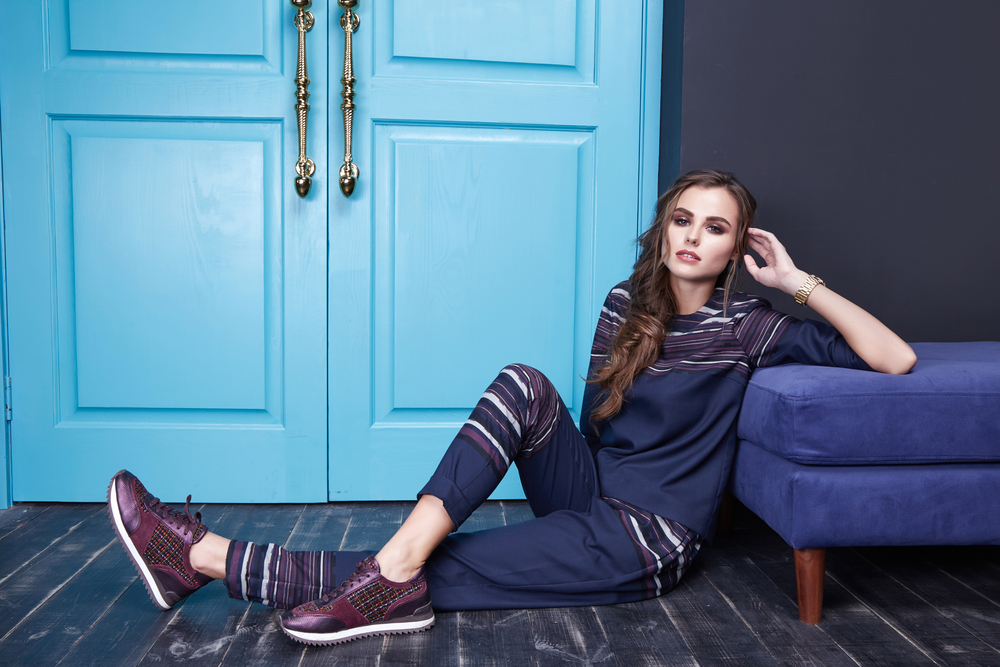
Photography is an art, and modeling is an essential aspect of it. When you see stunning images of models in magazines or on billboards, it's easy to assume that posing comes naturally to them. However, behind those captivating shots lies a combination of skill, knowledge, and practice. Mastering the perfect pose in photoshoots takes time and effort. In this blog article, we will delve into the art and essence of modeling and explore various tips and techniques to help you improve your posing skills.
Understanding Your Body
modelling is all about using your body as a canvas to create visually appealing and captivating images. Before we dive into posing techniques, it's crucial to understand your body's strengths and limitations. Every individual has a unique physique with specific angles and lines that can be accentuated to create striking poses.
Take the time to study your body in front of a mirror. What are your best assets? What areas would you like to downplay or highlight? By identifying these aspects, you can tailor your poses to showcase your best features and create a balance in your overall look.
The Power of Posing
Posing is the language of modeling (or modelling) . A simple shift of a hand or a slight twist of the body can completely transform an image. It's essential to internalize the idea that posing is not about freezing in one position but rather using movement and fluidity to create dynamic and visually interesting compositions.
To master posing, break it down into smaller components. Start by practicing individual body parts. Experiment with different angles, movements, and expressions. Once you have a good grasp of these elements, you can then combine them to create a harmonious and captivating pose.
Posing Techniques to Enhance Your Photoshoots
1. Body Posture: Pay attention to your body's alignment. Create a natural curve in your spine by elongating the neck and slightly dropping the shoulders. Engage your core to maintain good posture throughout the shoot.
2. Embrace Angles: Angles can significantly influence the overall aesthetics of a pose. Experiment with shooting from different perspectives to find the most flattering angles for your body. Tilt your head and play with the angle of your limbs to create dimension and depth in your poses.
3. Expressions: Models are expected to convey emotions and connect with viewers through their facial expressions. Practice a range of emotions in front of the mirror and learn to translate them into your poses. Remember, it's not just about smiling or looking serious; it's about conveying a story and evoking emotions with your eyes, mouth, and body language.
4. Movement and Flow: A photoshoot is not about standing still but about creating movement and flow. Incorporate small and subtle movements into your poses to add life to the image. Whether it's a gentle sway of the hips, a twirl of a dress, or a toss of the hair, movement can make a significant impact on the final result.
5. Confidence and Comfort: One of the most critical aspects of modeling is exuding confidence and comfort in front of the camera. The way you carry yourself reflects in your poses. Take a deep breath, relax, and let go of any self-consciousness. Trust in your skills and embrace your uniqueness. Confidence shines through the images and can elevate your modelling (or modeling) career.
Frequently Asked Questions:
Q1: How can I improve my posing skills as a model?
A1: Practice regularly in front of a mirror. Study the work of professional models and practice emulating their techniques. Try different posing styles and experiment with angles and movements.
Q2: Are there specific poses that work better for certain types of photoshoots?
A2: Yes, different types of photoshoots call for different poses. It's essential to understand the concept and theme of the shoot and adapt your poses accordingly. For example, a high-fashion shoot may require more dramatic and edgy poses, while a lifestyle shoot may call for natural and relaxed poses.
Q3: How can I overcome feeling self-conscious in front of the camera?
A3: Building confidence takes time. Start by practicing posing in a private setting until you feel more comfortable. Work with photographers who create a relaxed and supportive environment. Remind yourself that you are unique and have something valuable to offer.
Q4: Can I use posing techniques from other models in my own work?
A4: Absolutely! modeling (by models) is about learning and evolving. Take inspiration from other models and incorporate their posing techniques into your own style. However, always remember to put your unique twist on it to ensure your poses reflect your personality.
Q5: What should I do if I feel stuck or uninspired with my posing?
A5: Explore different sources of inspiration, such as fashion magazines, social media, or even art galleries. Try new poses or experiment with unconventional movements. Collaborate with photographers, stylists, and makeup artists to spark creativity and gain fresh perspectives.
Modeling is an art form that requires dedication, practice, and a keen sense of self-awareness. By understanding your body, mastering posing techniques, and embracing your unique style, you can elevate your modeling game and create captivating images. Remember, it's not just about the perfect pose, but about the emotions and stories you can convey through your body language. So go out, strike a pose, and let your inner model shine!
Other useful resources
- https://www.planetmodelphoto.com/models/modeling/usa/charlotte/nc-north-carolina
- https://blog.planetmodelphoto.com/models/modeling/
- https://en.wikipedia.org/wiki/Modeling_agency